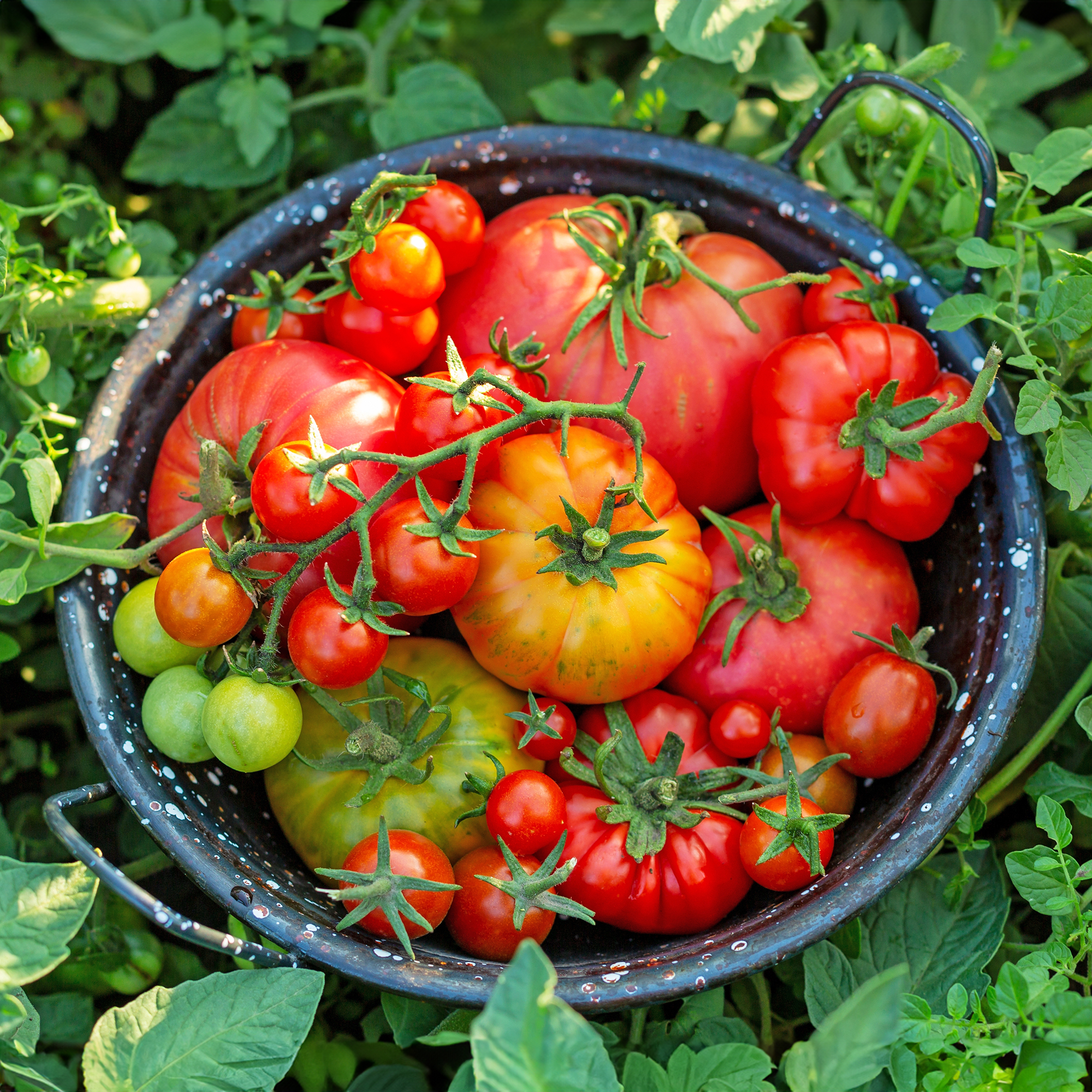What Not To Plant With Tomatoes: 8 Bad Neighbors That Could Ruin Your Harvest
Not all companion plants are beneficial – some can sabotage your tomatoes. Find out which ones to keep at a safe distance in the garden.
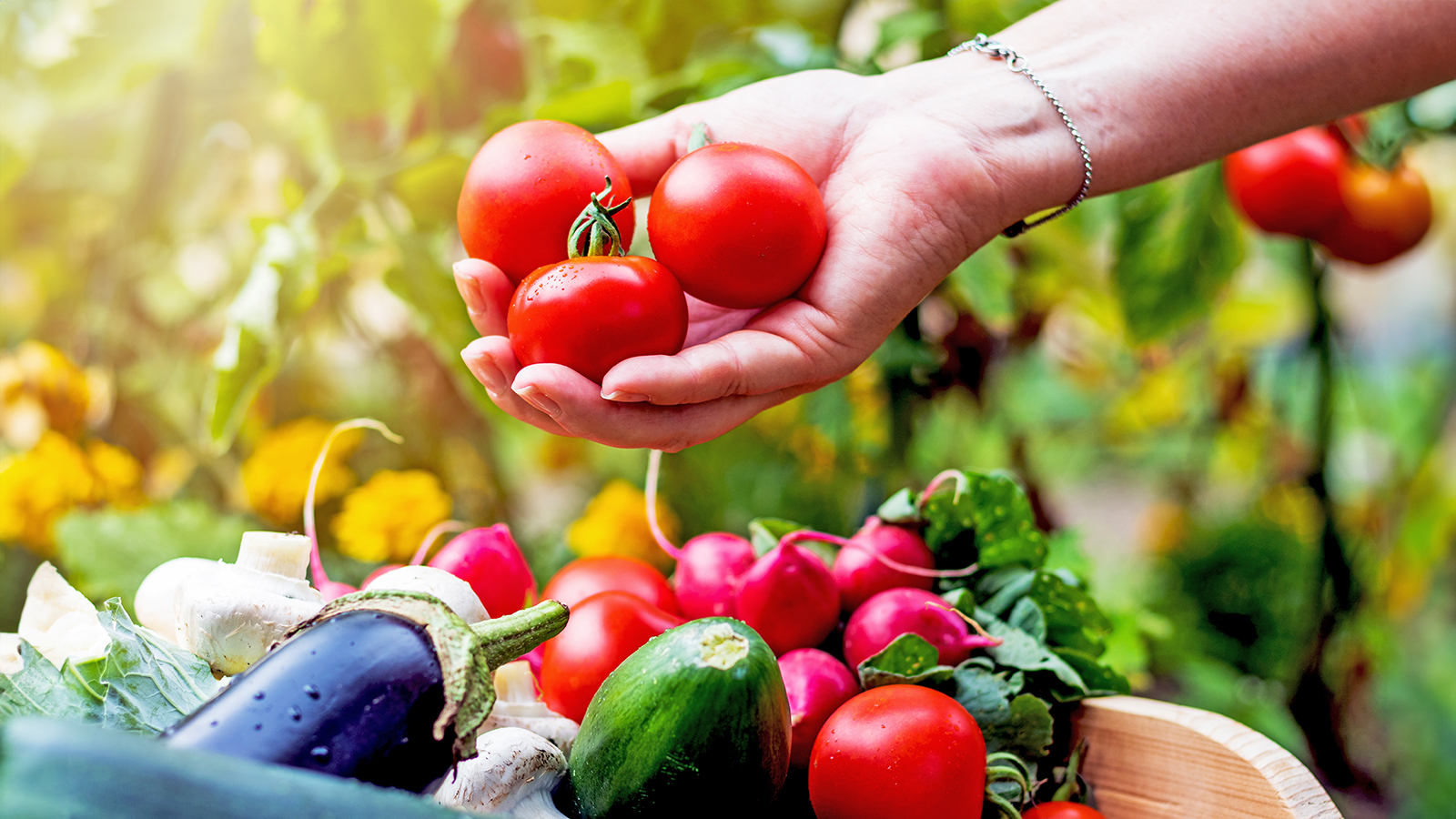

Few things are tastier than a fresh-grown tomato from your own backyard, but achieving the perfect crop takes a bit of know-how. You need to get the basics right, such as choosing the best varieties, planting them in good soil, and regular watering and fertilizing. But if you're doing everything right and still feeling underwhelmed by your harvest, then you might be making some common tomato companion planting mistakes.
While several plant pairings can benefit your tomatoes, some plants could harm them and should never be placed near tomatoes. Using good tomato companion plants is a great way to optimize their health and growth, but it can go wrong if you choose the wrong partners. Knowing what not to plant with tomatoes is even more important than knowing which plants are beneficial.
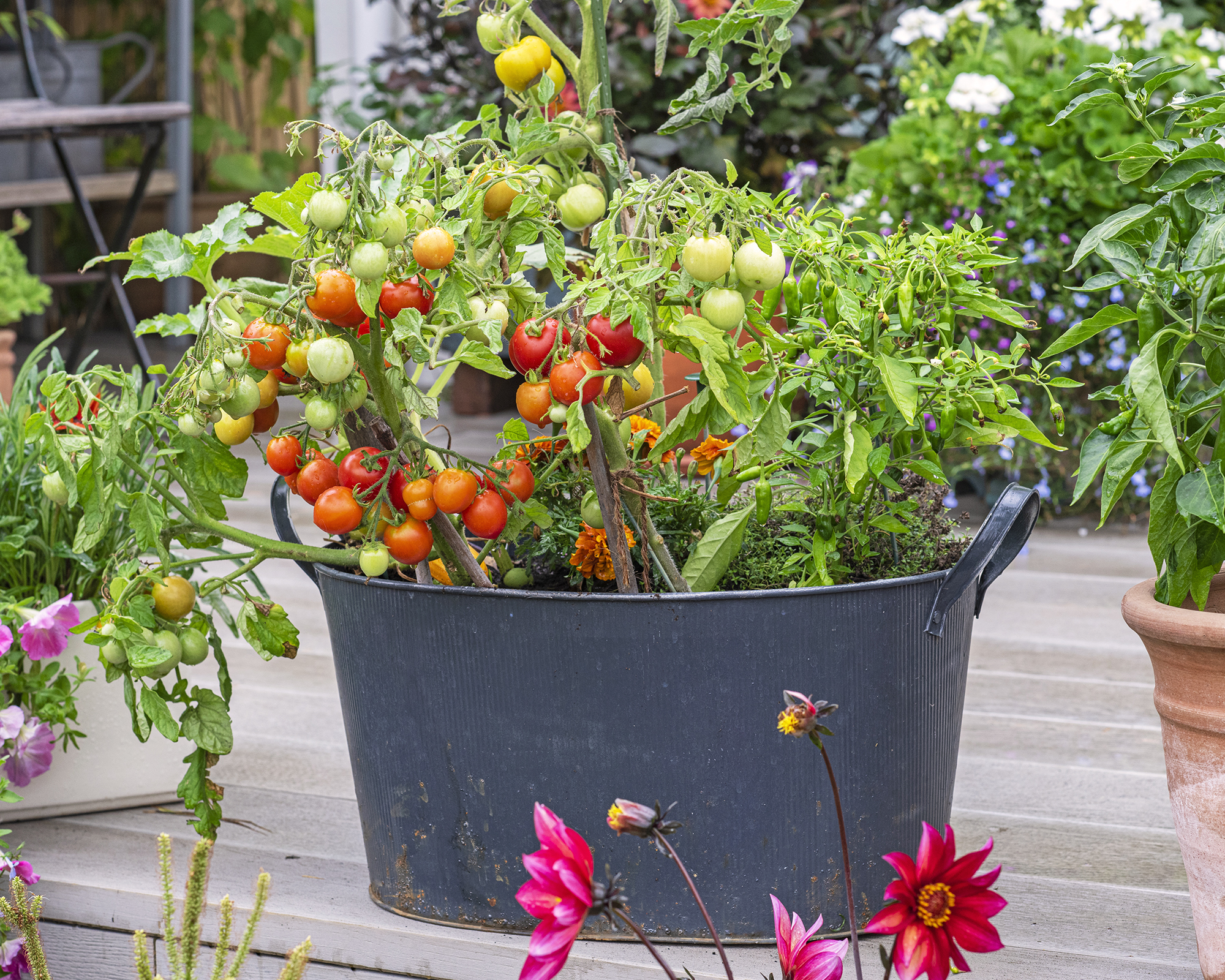
About Companion Planting
Companion planting is the practice of strategically placing specific plants near each other in the garden to benefit one or both. It is an age-old technique that has been used for millennia, but has become diminished in recent generations.
If you want to know how to grow tomatoes like a pro, then careful companion planting is essential and offers several benefits:
- Deterring or drawing away garden pests
- Attracting beneficial insects, like pollinators or pest-eating parasitic wasps
- Providing shade
- Supporting vining and climbing plants
- Improving soil health and fertility
- Suppressing weeds
- Using garden space more efficiently to grow more
- Improving flavor
Good Companion Plants for Tomatoes
Tomatoes have many beneficial companion plants, giving you a lot of options. Ideal herbs to plant with tomatoes include basil. It has a powerful aroma that keeps certain destructive pests away from tomato plants. These include aphids, tomato hornworms, and whiteflies. In addition, growing basil with tomatoes offers the perfect flavor pairing for countless dishes.
Try growing chives with your tomatoes, too. This tasty herb is a great addition to tomato dishes, but in the garden, it’s also useful in repelling aphids, spider mites, and nematodes. When they flower, your chives will attract a different set of insects beneficial to your tomatoes, including butterflies and bees.
Carrots are some of the best vegetable companions for tomatoes. Grow them between rows of tomatoes to break up and aerate the soil. This improves root health in the tomato plants and helps them grow stronger. By growing carrots in between tomatoes, you can also use space more efficiently and increase your veggie harvest.
Sign up for the Gardening Know How newsletter today and receive a free copy of our e-book "How to Grow Delicious Tomatoes".
Finally, there are some great flowers to plant with tomatoes. Try growing nasturtiums to act as a trap crop for pests such as cabbage moth caterpillars, whiteflies, and aphids, and to attract hoverflies, which feed on aphids. As vining plants, nasturtiums also provide a living groundcover to suppress weeds and retain moisture.
What Not to Plant with Tomatoes
While tomato plants benefit from many good companies, they also have bad companions. Avoid some common vegetable companion planting mistakes by never growing these plants next to your tomatoes.
1. Brassicas
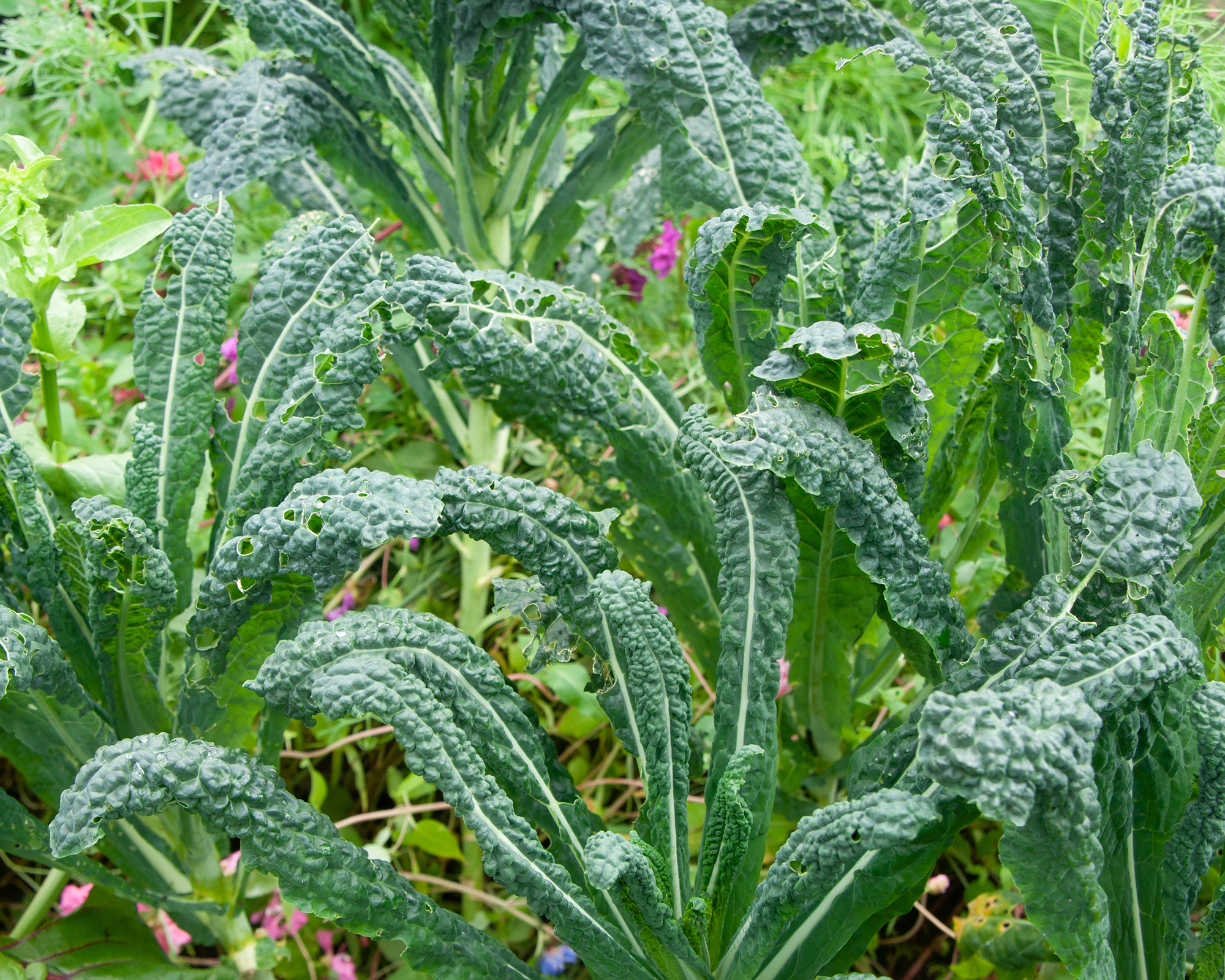
Brassica vegetables make bad companions for tomatoes. These include cabbage, cauliflower, broccoli, Brussels sprouts, kale, and kohlrabi. Brassicas tend to outcompete tomatoes for nutrients in the soil. They are both heavy feeders, but when placed in competition, tomatoes usually lose. This can leave tomato plants stunted and weak, or they might not produce any buds or fruit.
2. Corn

Like brassicas and tomatoes, corn is a heavy feeder. It will compete with nearby tomatoes for nutrients in the soil. Furthermore, corn grows very tall and shades plants growing around it. Tomatoes grow best in full sun, so any shade from corn will be detrimental to their growth and fruit production.
As if these weren’t reasons enough, corn earworm is a pest that feeds on both tomato plants and corn. Growing these together can lead to a devastating infestation.
3. Fennel
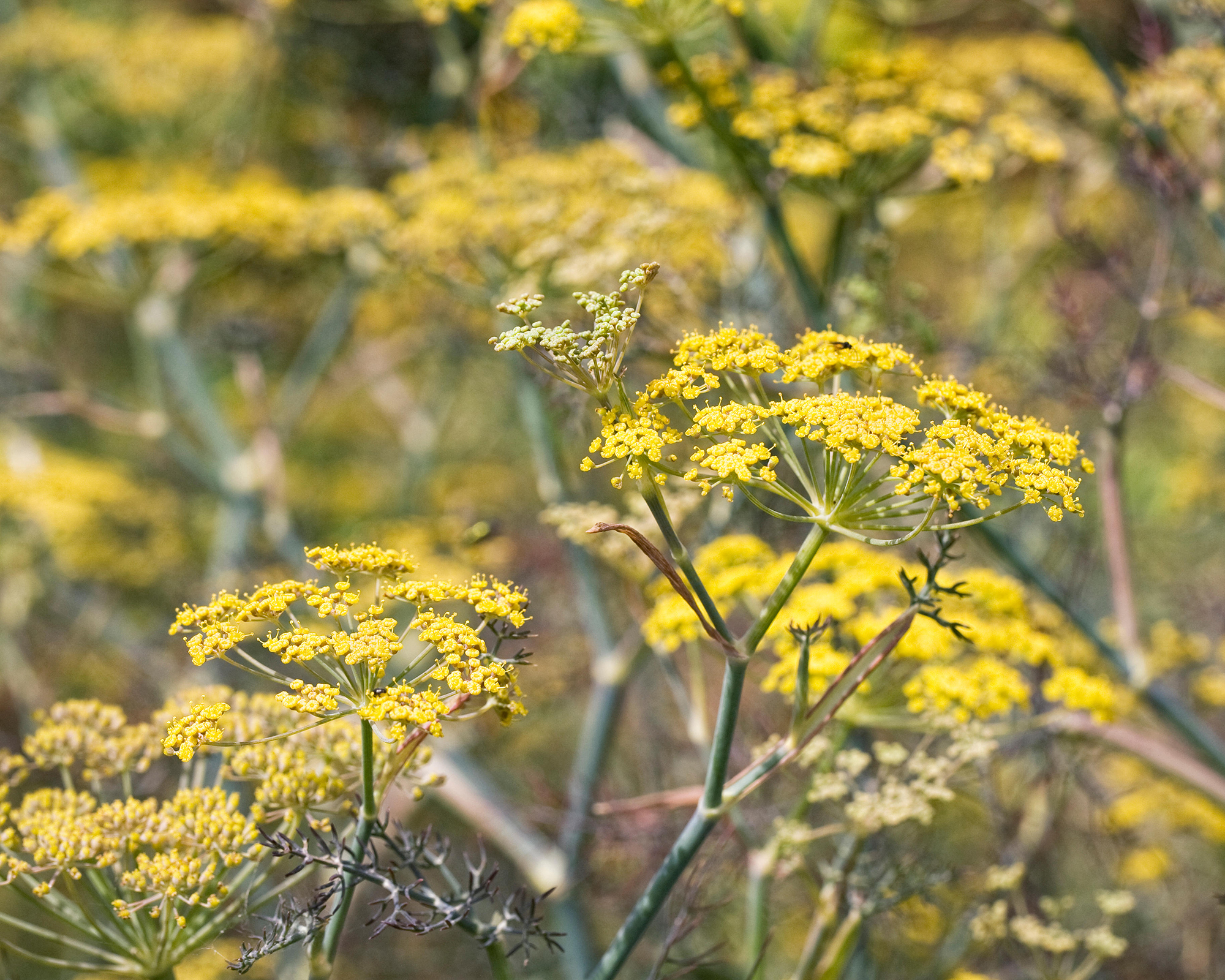
This tasty vegetable and herb has been known to reduce the growth of tomato plants in its vicinity. Fennel has a similar effect on tomato plants as brassicas. In addition, plants can grow quite tall, shading out sun-loving tomatoes.
Tomatoes aren’t alone in being negatively affected by fennel. This plant has few friends on the vegetable plot, and it's best to grow it in its own patch or container, away from other veggies.
4. Eggplants
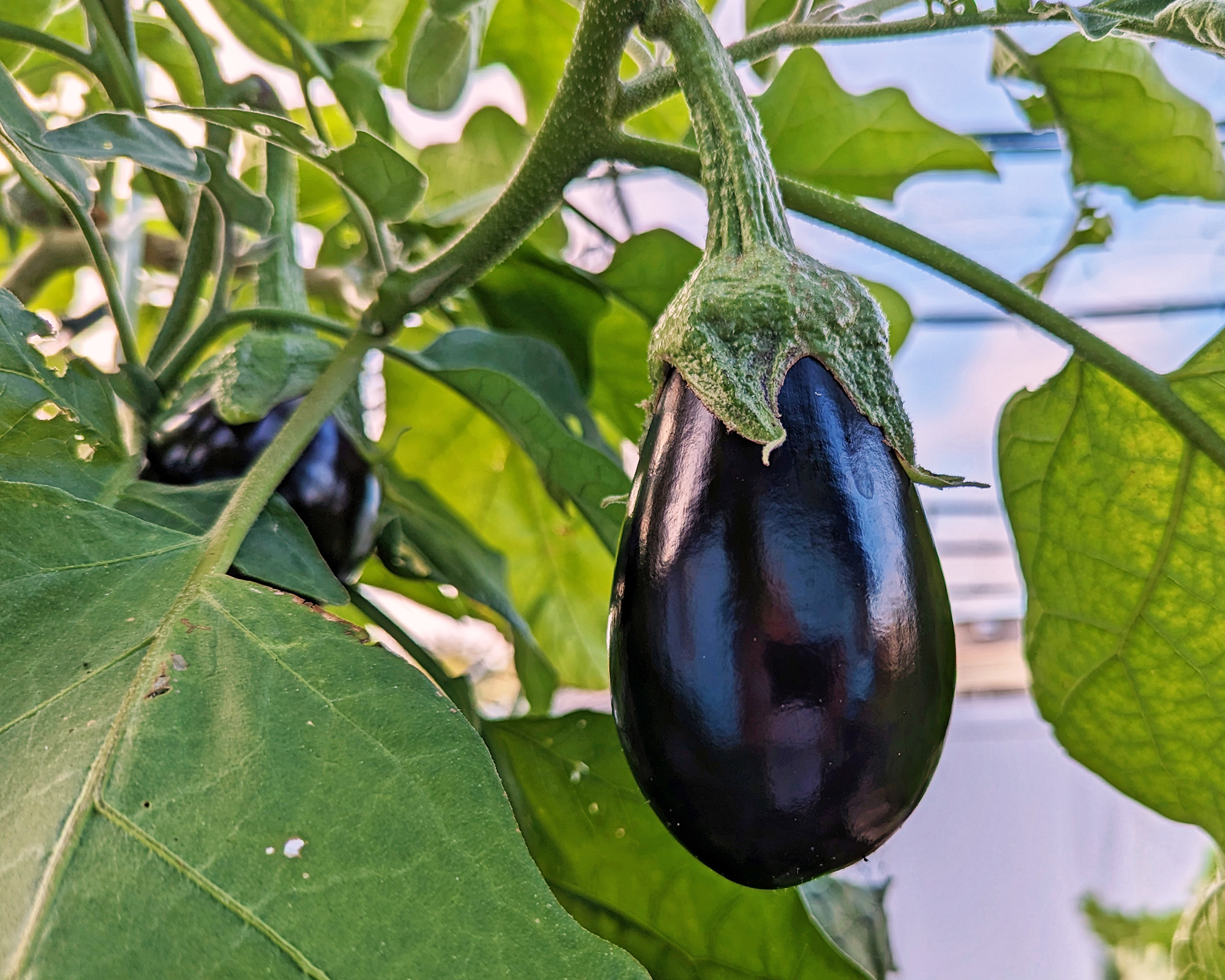
Tomatoes and eggplants are both nightshades, so they have similar growing requirements. But this doesn’t make them good companions. They share similar pests and disease vulnerabilities, meaning planting them together increases the risk that both will develop an issue like tomato blight. Additionally, tomatoes can be detrimental to eggplants as they grow taller and shade them out.
5. Potatoes
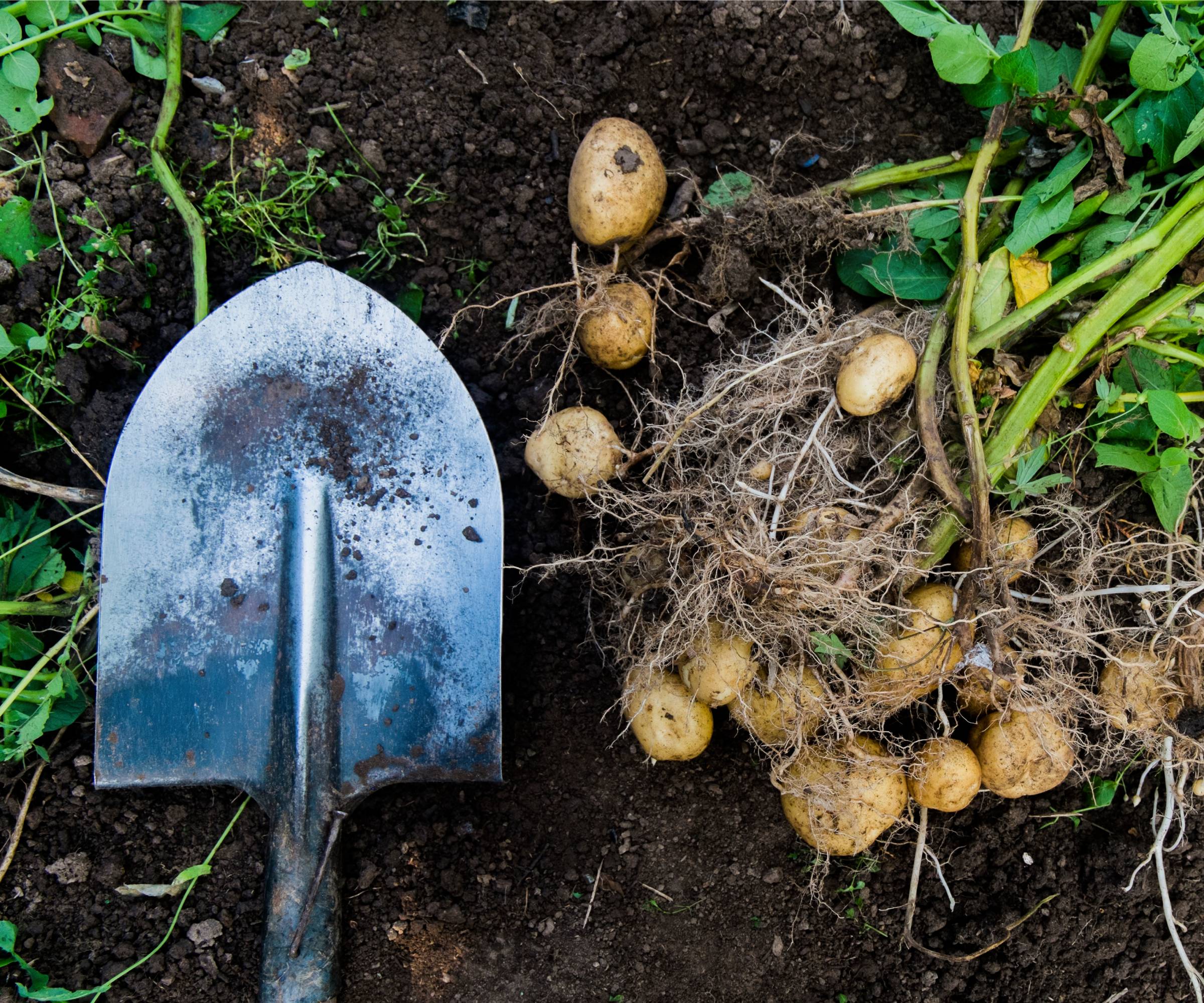
Potatoes are also nightshades, so there are similar issues planting them near tomatoes as there are with eggplants. Most importantly, potatoes and tomatoes share disease and pest risks. Planting them together makes both plants more vulnerable. Another issue is the fact that the act of digging up potatoes can potentially damage tomato plant roots.
6. Dill
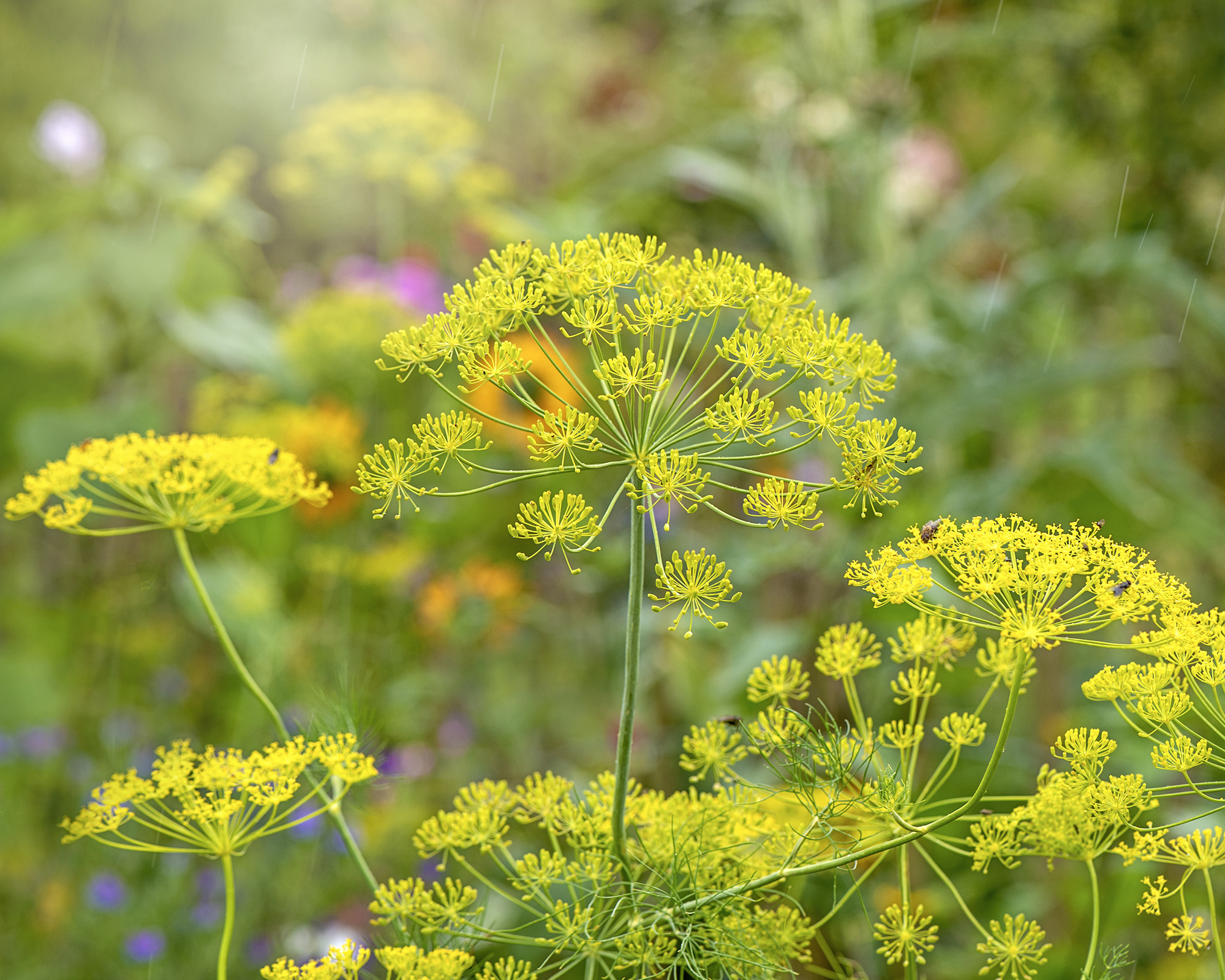
Early in its growth, dill can benefit tomatoes by repelling aphids with its smell. Aphids are small, damaging pests that affect tomato plants. However, when dill grows larger and reaches maturity, it can actually stunt tomato plant growth by outcompeting it for nutrients. A mature dill plant may also damage the roots of tomato plants growing near it.
7. Rosemary
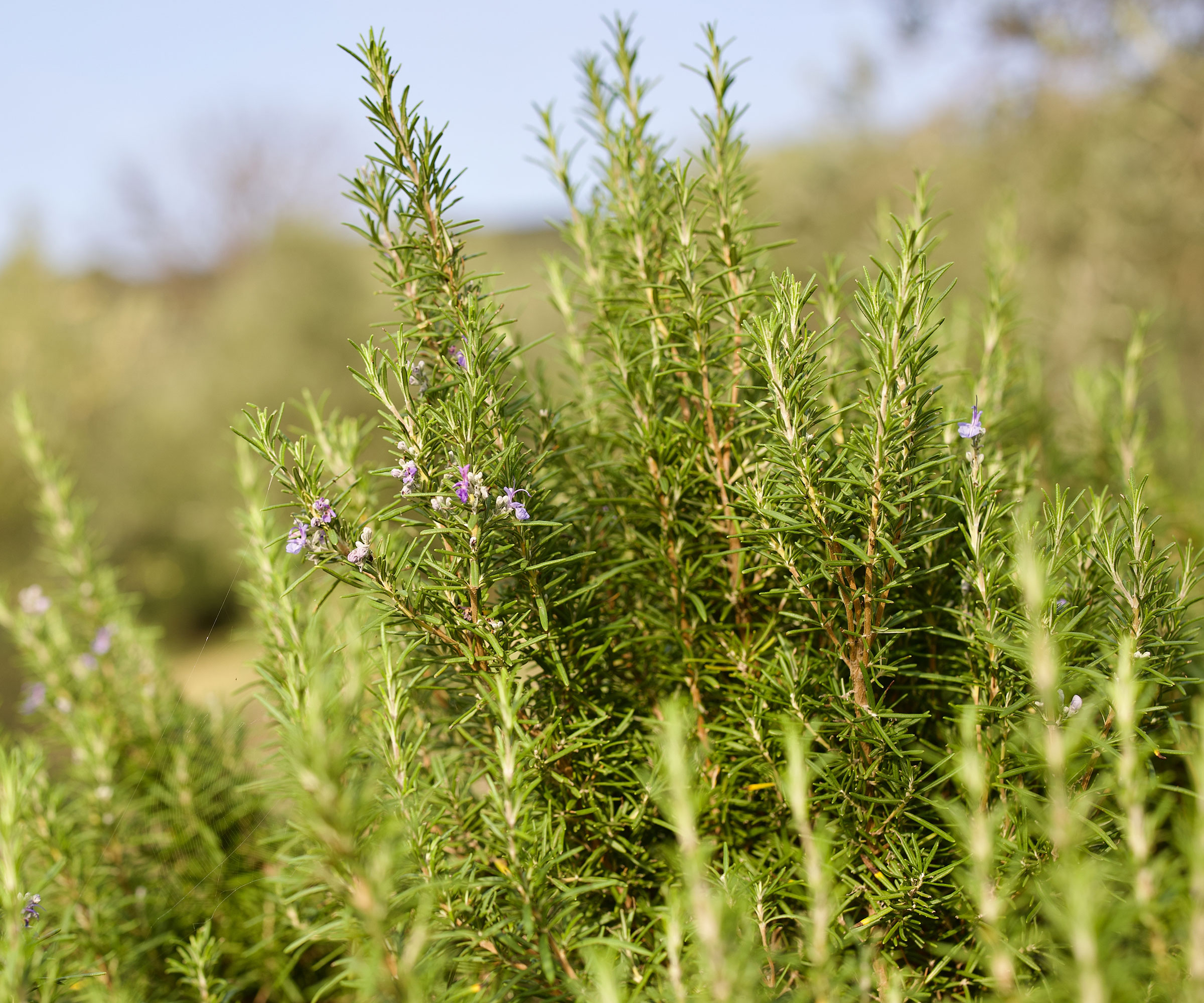
Many herbs are good companions for tomatoes, but rosemary is not one of them. It can outcompete tomatoes for nutrients in the soil. Rosemary also requires different growing conditions, which means one plant will suffer if growing in conditions more suitable to the other.
8. Walnuts
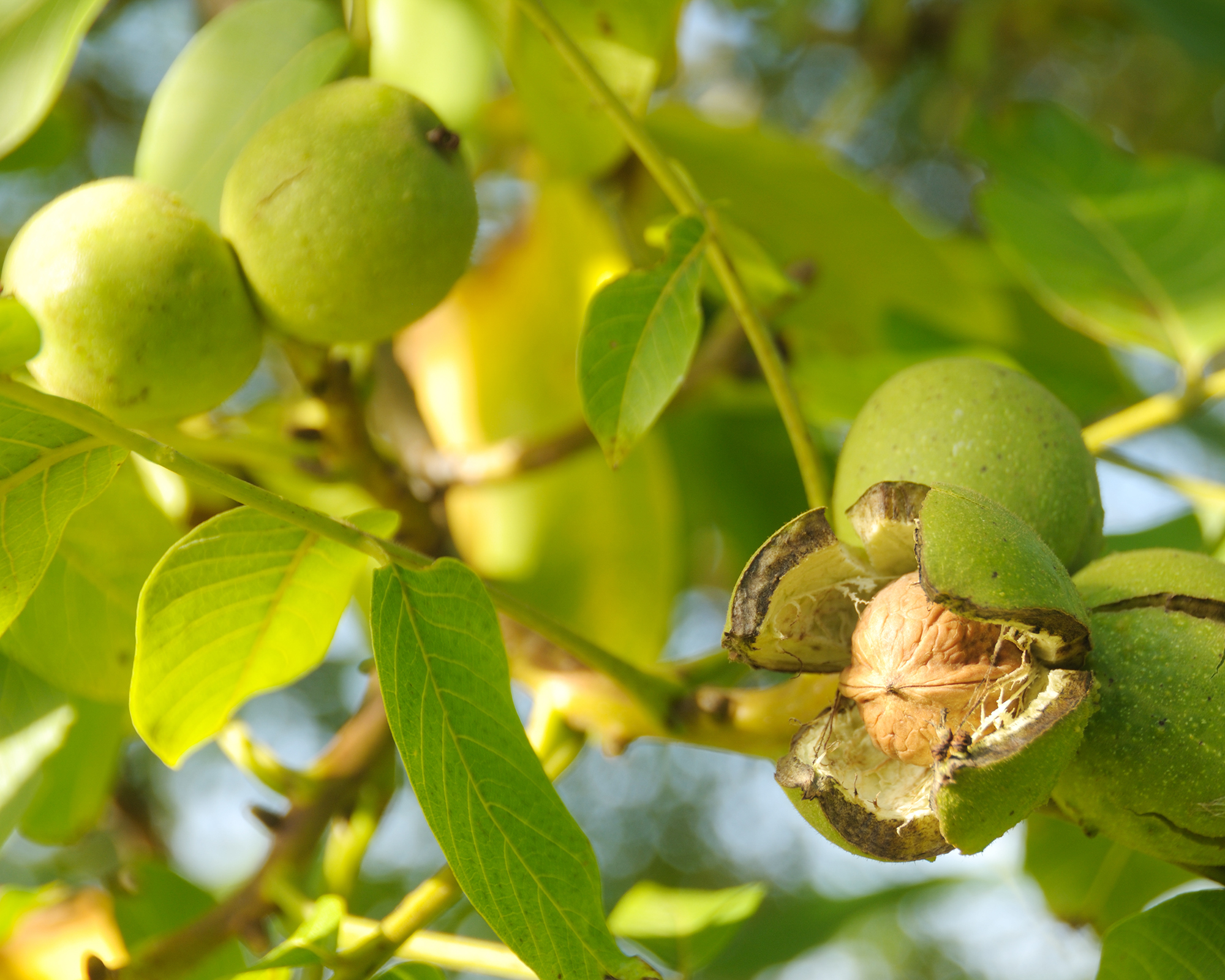
If you have a walnut tree in your yard, avoid planting tomatoes near it. Walnut trees, especially black walnuts, secrete a chemical called juglone into the soil. Juglone is detrimental to the health and growth of some plants, including tomatoes. If your space is limited, you can grow tomatoes in a raised bed near walnut trees. Just be careful to remove fallen leaves and walnut shells, which also contain juglone, from the bed.
Companion planting is a smart way to garden. If you enjoy fresh summer tomatoes, use beneficial companions near your plants to optimize growth and health, and avoid the bad companions.
Want even more information on growing delicious tomatoes? Download our Complete Guide to Tomatoes today.

Mary Ellen Ellis has been gardening for over 20 years. With degrees in Chemistry and Biology, Mary Ellen's specialties are flowers, native plants, and herbs.
